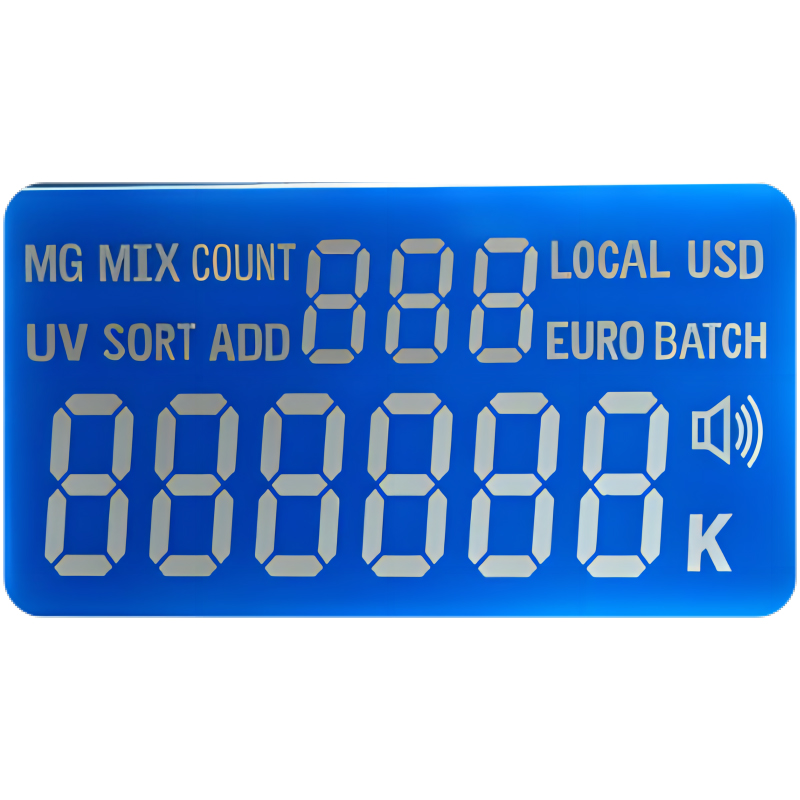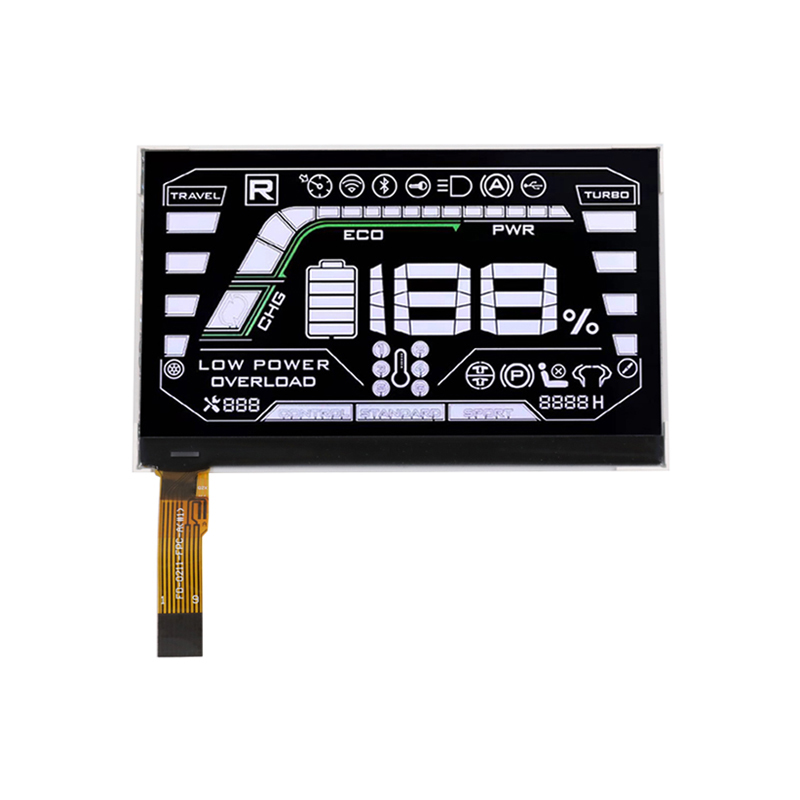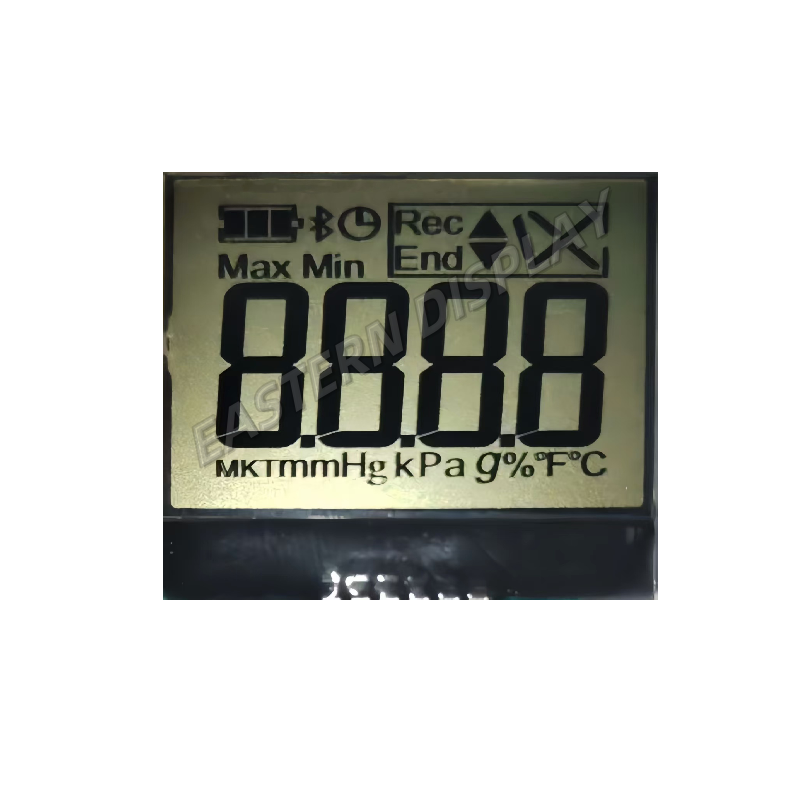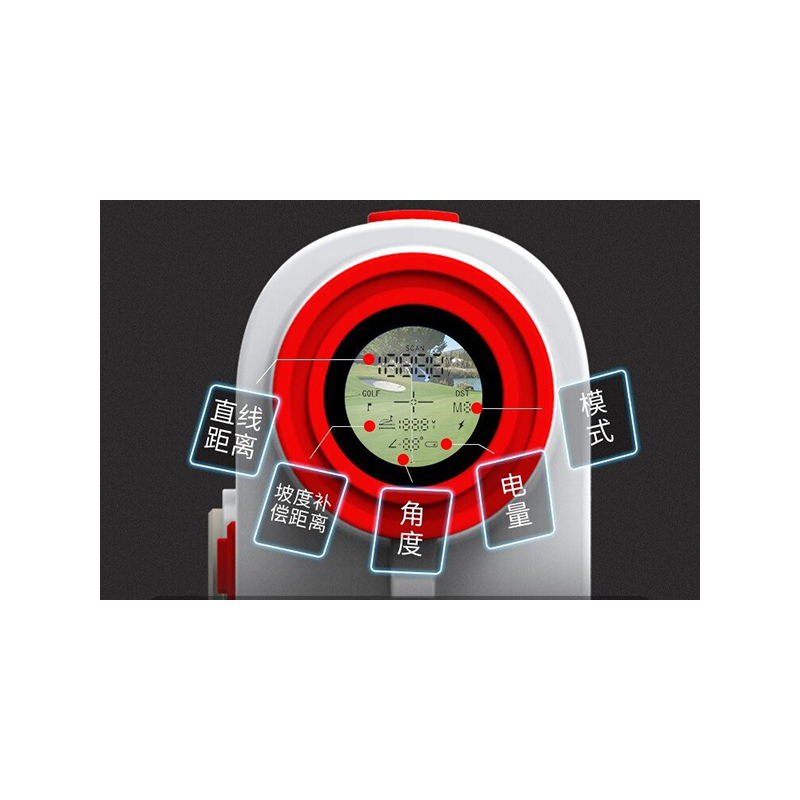
This guide provides a comprehensive overview of connecting an STM32 microcontroller to a TFT display, covering everything from selecting the right components to troubleshooting common issues. We'll explore various display interfaces, libraries, and practical examples to help you successfully integrate a TFT display into your STM32 project. Learn how to overcome challenges and optimize performance for a seamless user experience.
The choice of STM32 microcontroller depends on your project's requirements. Factors to consider include processing power, memory (flash and RAM), peripherals (like SPI, I2C, or parallel interfaces), and power consumption. For simpler STM32 TFT display applications, a smaller, lower-power microcontroller might suffice. More complex projects requiring extensive graphics processing or high frame rates will need a more powerful option. Consult the official STMicroelectronics website for detailed specifications of different STM32 families.
TFT displays come in various sizes, resolutions, and interfaces. Common interfaces include SPI, I2C, and parallel. SPI is generally preferred for its simplicity and speed. Consider factors like resolution (higher resolutions require more processing power), color depth (number of bits per pixel), and display size. The choice depends on your application's needs and budget. For high-quality displays with excellent color reproduction, consider exploring options from reputable manufacturers such as Dalian Eastern Display Co., Ltd. (https://www.ed-lcd.com/). They offer a wide range of TFT LCD modules to suit various applications.
SPI is a synchronous, full-duplex communication bus that is widely used for connecting microcontrollers to peripherals like TFT displays. It's relatively simple to implement and offers high data transfer rates. Key signals include MOSI (Master Out Slave In), MISO (Master In Slave Out), SCK (Serial Clock), and CS (Chip Select).
I2C is a two-wire serial bus commonly used for communication with smaller displays or those with integrated controllers. It's less demanding in terms of hardware compared to SPI but generally offers slower data transfer rates.
Parallel interfaces offer the highest data transfer rates but require more pins on the microcontroller and display. They are less commonly used in modern applications due to their complexity.
Several libraries simplify the process of controlling a STM32 TFT display. Popular choices include:
The choice of library depends on the specific display controller and the project's complexity.
// This is a simplified example and may not be directly compilable.// It's intended to demonstrate the general approach.#include your_display_library.hint main() { // Initialize the display display_init(); // Draw a text on the screen display_drawText(Hello, STM32 TFT Display!, 10, 10); while (1) { // Your main application loop here... } return 0;}Common problems include incorrect wiring, improper initialization, and library compatibility issues. Thoroughly check your connections, refer to the display's datasheet, and ensure you're using the correct library version.
Successfully integrating a STM32 TFT display into your project requires careful consideration of hardware selection, interface choices, and library utilization. This guide provides a solid foundation for embarking on your embedded systems project. Remember to consult the datasheets of your chosen components for detailed specifications and instructions.
Disclaimer: This guide provides general information and examples. Specific implementation details may vary depending on your chosen hardware and software. Always refer to the official documentation for your specific components and libraries.












